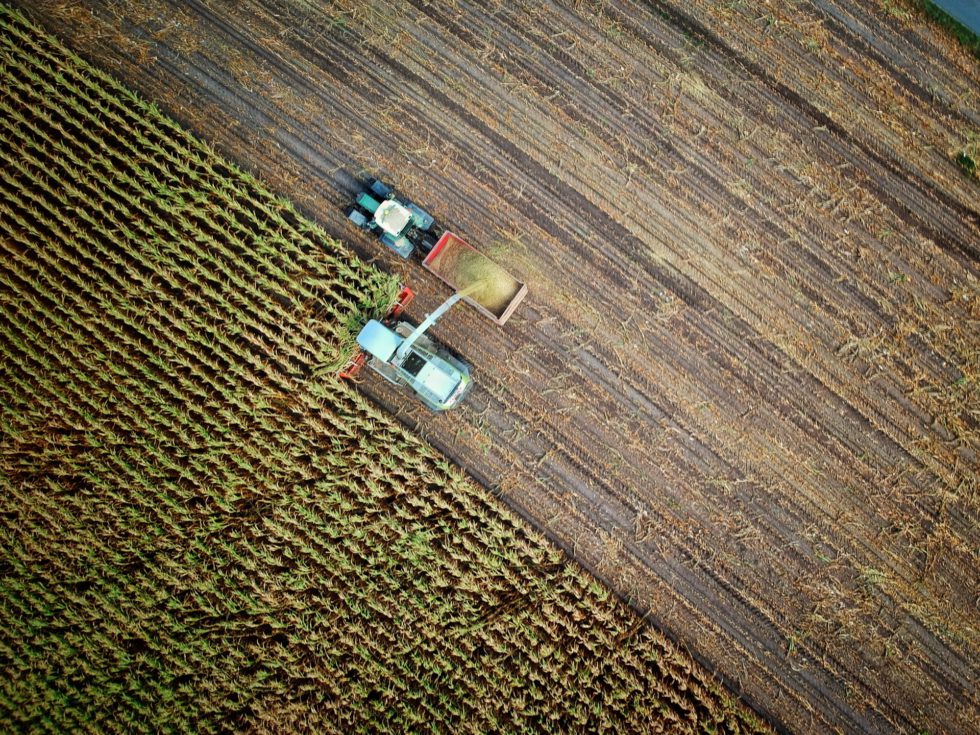The world of technology is moving forward at an unbelievable pace. If the last generation saw the rise and domination of the internet, the current generation is best defined by the usage of ‘smart technology’. Groundbreaking new tech within every industry possible is making major changes to global production systems.
The farming industry is also a part of this smart revolution. A few years ago, machinery on the farm meant the tractor – these days, farmers are adapting to a new paradigm with wireless surveillance technology, farming apps and more.
So, here’s a comprehensive look at where smart farming currently stands, and how you can integrate it into your farming process.
What is Smart Farming?
The combination of IT and farming is the basic constituent of smart farming. It can involve the usage of sensors to measure quality, personalized software to perform farming processes, AI-powered analytics, robotics, various location systems, etc.
The aim of smart farming is to ensure that human labor is optimized and the yield maximized. The idea behind mechanization is not only to move the industry forward, but also to find personalized solutions to specific problems. In order to do this, a combination of AI-powered tech and analytics is applied. With widely-available apps and technology, farmers can take the power of information into their own hands.
IoT and Smart Farming
At the heart of smart farming lies the Internet of Things (IoT). This is a technological environment that allows you to tap into various AI-powered processes to complete tasks and gather, share and analyse information. In a nutshell, the IoT refers to the use of computing power in everyday objects – such as a tractor, food trough or weathervane. These objects gather and share information with each other, allowing for the automation of various processes.
When it comes to the maintenance of resources, every ‘smart’ object on the farm is connected by a singular framework. This means that the farmer can easily keep track of any area where they might fall short. This level of precision allows for close scrutiny of every part of the operation, allowing farmers to cut inefficiencies and boost productivity.
Agro-Drones
Drones are commonly used for filming or for recreational purposes. However, the latest use of drones in the farming process is truly changing the way we look at agriculture. These machines are able to collect highly specific data on plants and soil through thermal and visual image collection.
As a result, any red flags can be immediately noticed, including threats to crops or soil quality. These drones perform within the IoT network, allowing them to provide the required data directly to your monitor.
This truly creates a system where a farmer can sit at home and ensure the crops are protected. This process of observation and diagnostic related decision making can now be completely performed by machines with an optimal chance of success.
Where to Start?
For beginners and small farm owners, there are plenty of apps out there that can easily help you with your various farming processes. However, if you really want to adopt smart-farming technology, then investing in an agro-drone based surveillance technique is a good next step.
You can also look at streamlining other parts of the farming process. With the KELLY Tillage System you can work shallow to incorporate residue, kill weeds and prepare a seedbed in one pass. At the end of the day, smart farming is nothing but the usual farming process, aided with the latest tech available.
Once you start applying IoT based processes in farming, you will notice immediate changes in quality and efficiency. There are also specific tech-based solutions to any form of conservation requirement that your farm might have, so you can invest in such solutions as well.
Conclusion
The world of smart farming is vast and ever-expanding. So, it can be quite difficult to find your place within such advanced technology at times. The key is to have a solution specific mindset; after you understand the problem you want to solve, you can find an innovative solution.
Or if you’re just a nut for technology, the resources at your service are truly endless.


